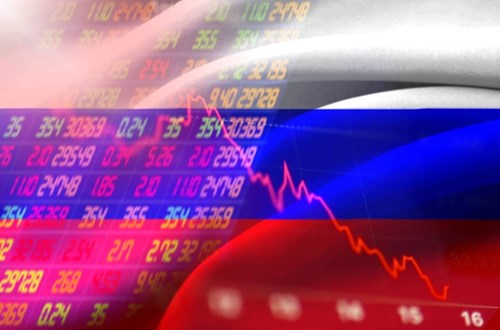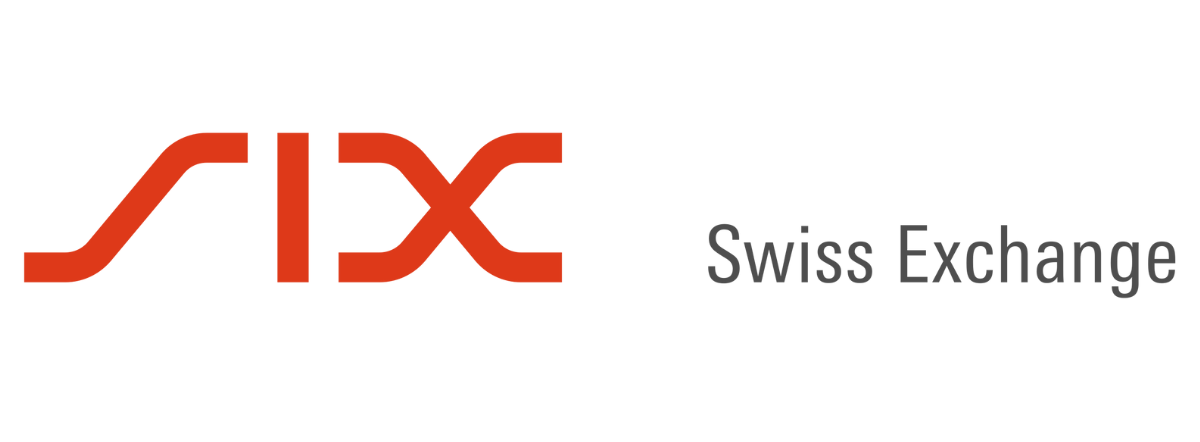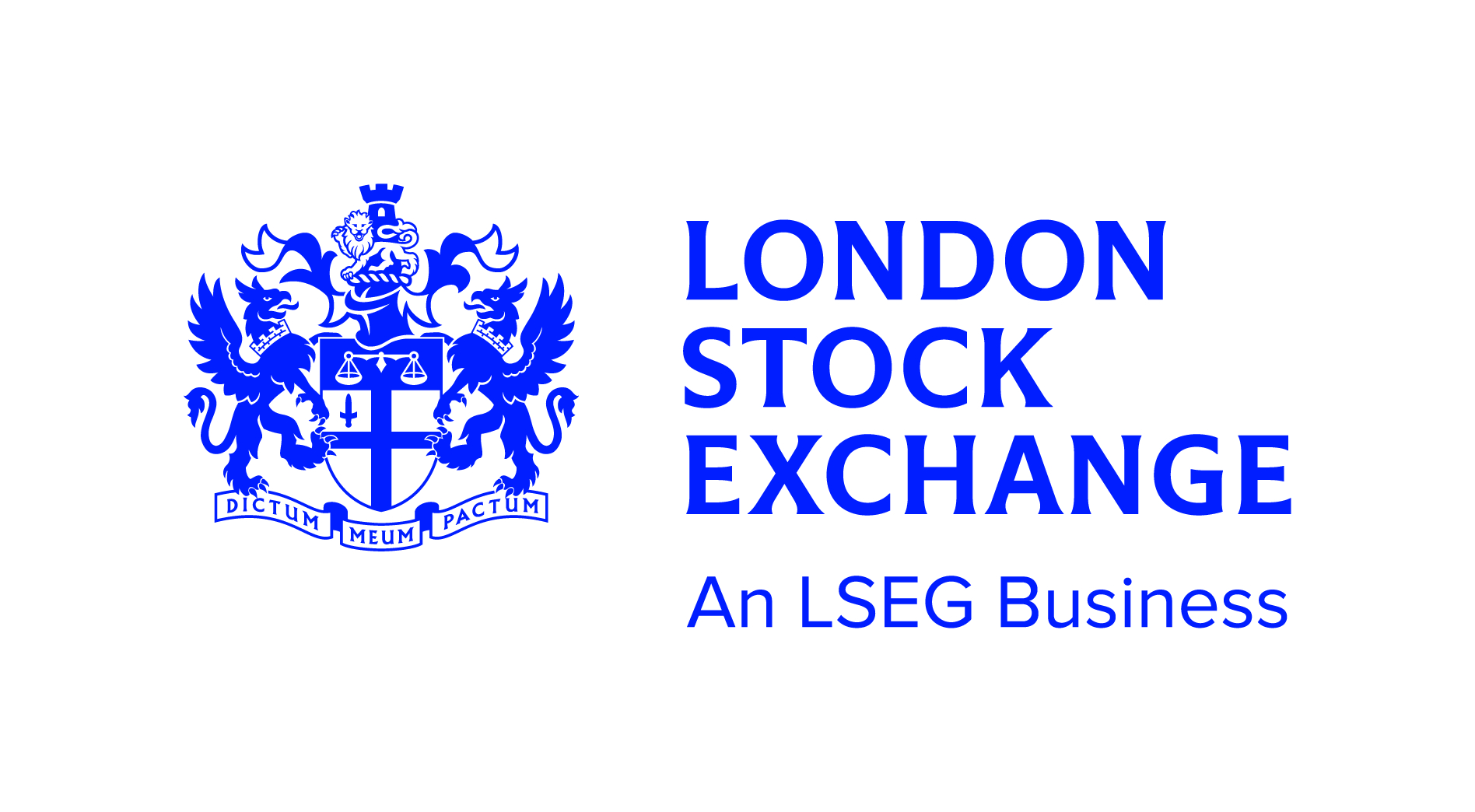The case for harmonisation across European exchanges has been made again following a chaotic few weeks for the ETF market after the Russian invasion of Ukraine.
Fragmentation has long been a concern across the European ETF landscape and the multilateral structure faced yet more tests at the end of February after the west unleashed a wave of economic sanctions on Russia leading to the temporary closure of the Moscow Stock Exchange.
A dramatic sequence of events unravelled that first saw issuers suspend creation and redemption orders on their Russian equity ETFs, followed by exchanges globally halting trading on the products, shutting off the secondary market and leaving them in an “unprecedented position”.
However, the speed at which European exchanges took action differed across the continent, meaning ETFs were left being able to trade in one part of Europe and not in another, despite experiencing the same volatile market conditions.
For example, Six Swiss Exchange suspended trading on four ETFs on 8 March, four days later than Euronext, Borsa Italiana, Deutsche Boerse and the London Stock Exchange (LSE).
Behavioural differences
Jim Goldie, head of capital markets, EMEA, and indexed strategies, at Invesco, which runs the Invesco RDX UCITS ETF (RDXS) listed on the LSE and Borsa Italiana, said the initially inconsistent view taken by listing venues on the continuous trading of the products disrupted the bid/offer quotes market makers were able to offer.
“Market makers will normally quote fairly consistently between individual listings of the same fund and from an issuers perspective we do not differentiate between venues when analysing spreads/quotes between listings,” he said.
“The obvious caveat recently was with regards to Russia-focused ETFs when listing venues initially did not adopt a consistent view on the continuous trading of the impacted products. However, this was an incredibly rare market event and the dynamics were changing very quickly, so determining how to treat these listings was far from the standard course of business.”
Goldie added Invesco was in constant engagement with the exchanges and that its suspension request was granted by the exchanges on the same day.
However, the same cannot be said for four ETFs listed on Six Swiss, comprising the iShares MSCI Russia ADR/GDR UCITS ETF (CSRU), the iShares MSCI Eastern Europe Capped UCITS ETF (IEER), the HSBC MSCI Russia Capped UCITS ETF (HRUB) and the Lyxor MSCI Russia UCITS ETF (RUSE).
What next as Russia ETFs remain in unchartered territory?
Frank Mohr, global head of ETF sales trading at Société Générale, said overall volatility caused by the Russia-Ukraine shows the mechanisms and the infrastructure of the ETF ecosystem is solid, but that it highlighted the need for more harmonisation across exchanges.
“The Russian invasion boosted volatility, but it showed the products are good. We were working very closely with issuers and the exchanges,” he said.
“However, I would like to see an improvement in the different behaviours on exchanges. You have different rules and regulations whether in Frankfurt, London or Switzerland. It could be a good idea to cooperate more and align more on a European basis.”
A similar issue occurred as the rapid spread of coronavirus spooked markets in March 2020. Peak volatility led to an average of around 3,000 circuit breakers – temporary trading suspensions – affecting ETFs daily across the major European exchanges. With a different set of rules for each exchange, cross-listed ETFs were suspended at different times.
The scale of fragmentation across the European market is stark. Europe has over 80 issuers operating across 30 exchanges in 25 countries and 13 currencies, according to data from Blackwater Search & Advisory.
Broadly speaking the main exchanges will follow similar approaches but may have slight differences regarding listing processes, market-making incentives, auction mechanisms, minimum quote and spread thresholds.
In the case of Russia and the coronavirus volatility, each exchange will be reacting subject to its own set of rules and national or European law.
For example, Six Swiss Exchange told ETF Stream there are several mechanisms under which exchanges will cooperate, but in the context of Russia, exchanges are not taking unilateral decisions but are reacting to direction from relevant authorities.
A spokesperson for Six Swiss said: “The exchanges do not need to align as they are reliant on national authorities to impose restrictions, which may differ due to national circumstances, political decisions and implementation timelines.
“This is not fragmentation. It is organisations implementing restrictions as imposed by authorities. If investors chose to restrict activity which goes further than any legal sanction that is perfectly legitimate but is an individual organisations choice.”
Euronext, Deutsche Boerse and the London Stock Exchange declined to comment.
Driven off market
Goldie added some exchanges have taken measures – such as adjusting their auction mechanisms for ETPs – to promote a harmonised ecosystem where possible and noted the acquisition of Borsa Italiana by Euronext should also help.
“As an industry, we continue to work closely with the exchange venues to identify areas where we can continue to enhance the ecosystem for trading ETPs,” he continued. “The recent acquisition of Borsa Italiana by Euronext should also bring about some synergies in this regard.”
Despite this, he said the nature of the European market means fragmentation is unavoidable while the perceived lack of liquidity created only drives investors to trade over-the-counter (OTC).
The majority of trades are done OTC, and because of this combined with fragmentation, there is no consolidated tape making true transparency elusive.
Mohr said: “A common understanding or behaviour could help be even more efficient in the pricing of the products. In the end, nobody wants to see no price.
“We would like to quote and it is always our intention to show a price even when it is widespread and leave it to the investors to buy or sell. Every exchange has a different setup and rules to fulfil, alignment could be helpful.”
Goldie added: “Without a consolidated tape in Europe, it is very difficult for investors to have an aggregated view of secondary market trading volumes in ETPs versus what has been standard practice in the US for many years.
“This is something the industry is engaging heavily on with trade associations and policymakers to showcase the true tradability of European ETPs. An EU consolidated tape would bring a whole host of benefits that would increase investor confidence and allow for more ETP volume to be traded on exchange.”
Related articles










